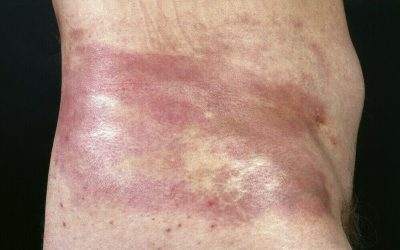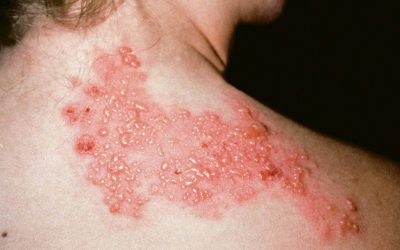Stasis dermatitis
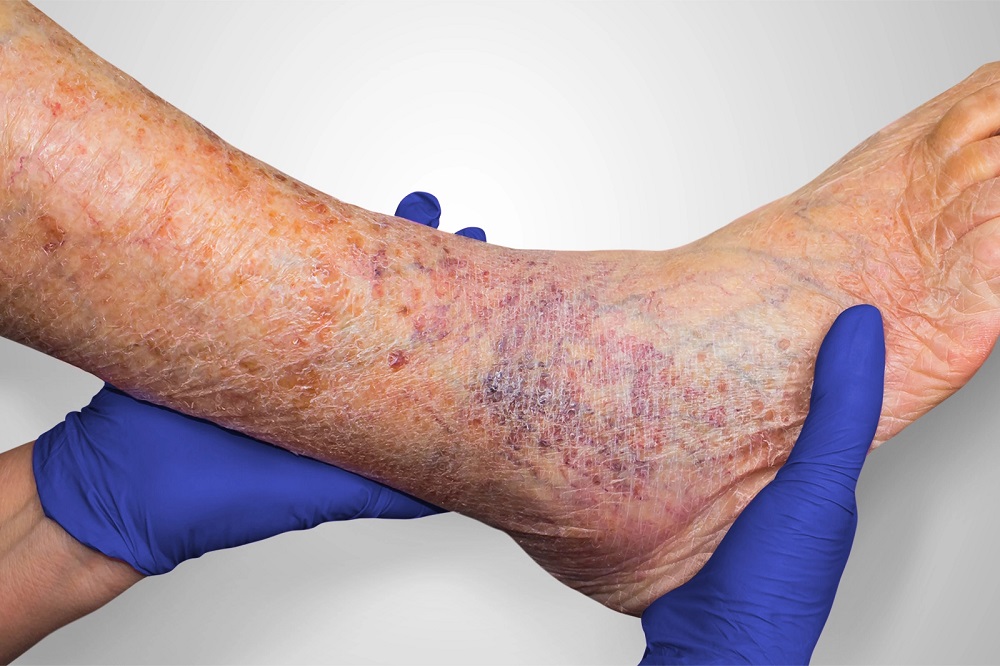
- It occurs more often in women than in men
- It is more common in persons over 50 years of age
- Characteristic of individuals with various circulatory disorders
Risk factors
The main risk factor is venous blood flow disorders/insufficiency. Other risk factors that promote the development of stasis dermatitis:
- varicose veins
- high blood pressure
- obesity, vein operations
- multiple pregnancies
- past episodes of clotting
- congestive heart failure
- chronic kidney failure
- certain lifestyle factors such as low physical activity, standing or sitting work
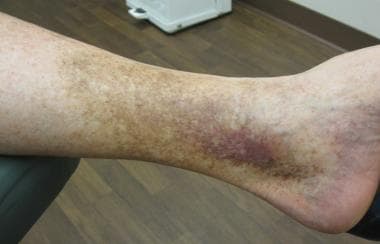
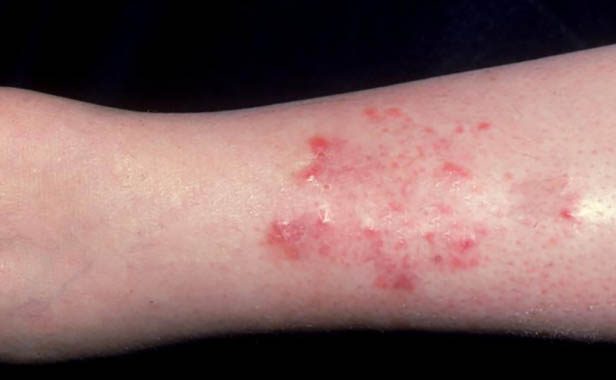
Clinical signs
Early signs: ankle swelling, orange-brown spots, sometimes called cayenne pepper spots
Other signs:
- redness (may be brown, purple, gray or ashen in owners of darker skin)
- itching
- flaking, scabs
- skin dryness
- a feeling of heaviness or soreness in the legs after sitting or standing for a long time
- increased risk of developing contact dermatitis
- localization: usually in the lower third of the calf
Diagnostics
Data from the anamnesis and the clinic are usually sufficient to establish the diagnosis.
However, in order to find out the cause of the disease, additional tests and consultations of doctors of other specialties may be necessary.
Treatment
During the consultation, a treatment plan is drawn up for each patient individually. It is very important to find out the cause of the disease and treat it. Additional measures may also be applied:
- vitamin C and rutin, which is a plant pigment and antioxidant that helps keep blood vessels elastic and healthy
- topically applied glucocorticoids (hormonal ointments)
- elevated leg position (if possible every few hours)
- compression therapy
- limiting the use of salt in food
- if a secondary skin infection has contributed, treatment with topical or oral antibiotics
Important: if stasis dermatitis is left untreated for a long time, the disease progresses and forms venous ulcers that may bleed, ooze, and eventually leave scars after they heal. Therefore, if you feel the symptoms mentioned above, you should immediately contact your family doctor or directly to a dermatovenerologist.


Chilblains (Pernio)
Chilblains (Pernio)Chilblains (Pernio) is a pathological skin condition characterised by reddening or bruising of the skin caused...
Localized scleroderma
Localized sclerodermaLocal scleroderma (Latin: morphea) is a rare, chronic inflammatory sclerosing connective tissue disease...
Shingles (Shingles)
ShinglesShingles is a viral disease caused by Varicella zoster and characterised by a painful herpetic rash in groups along a...
iDerma
MB iDerma
Fabijoniškių g. 99, Vilnius
+370 670 70822
info@iderma.lt



